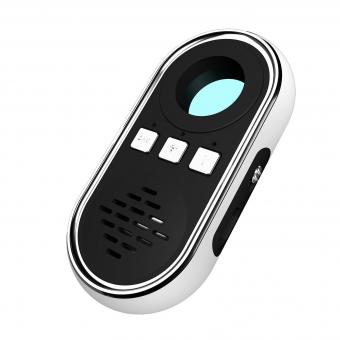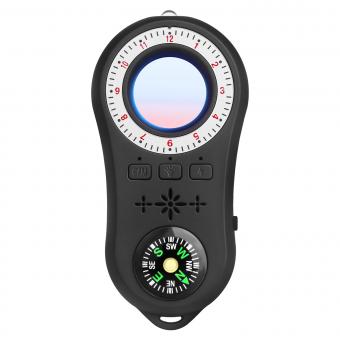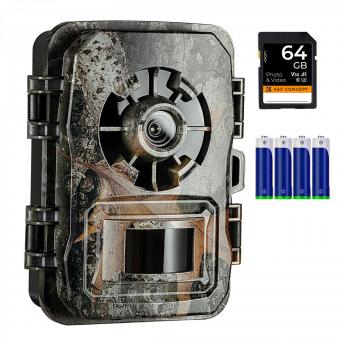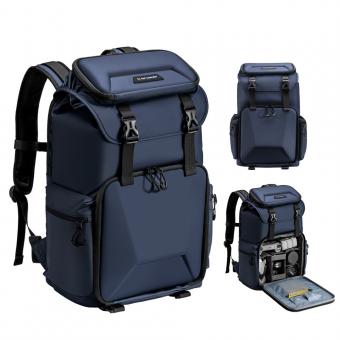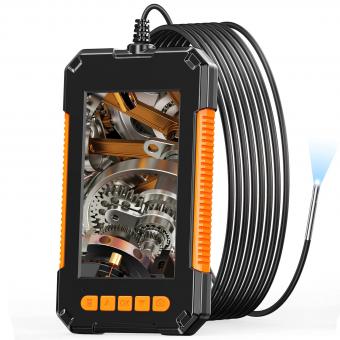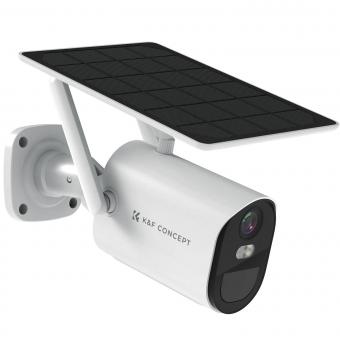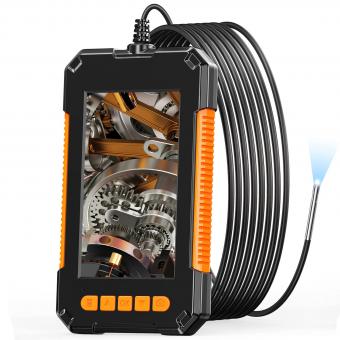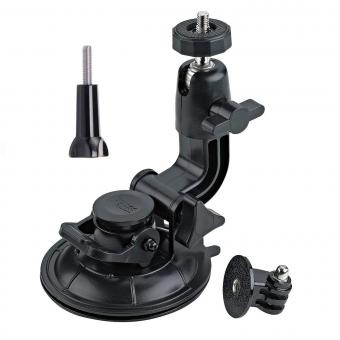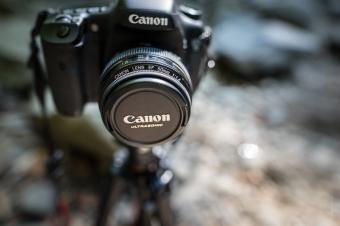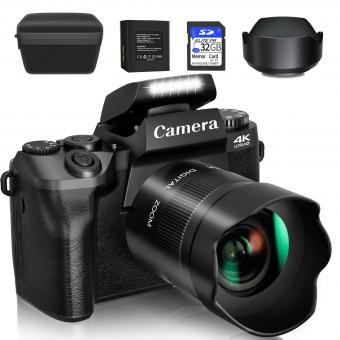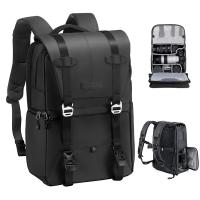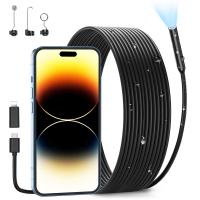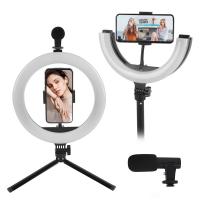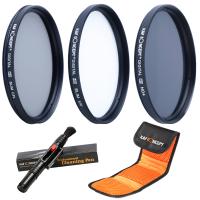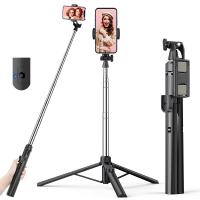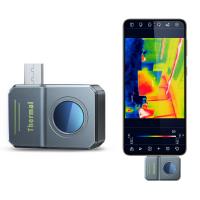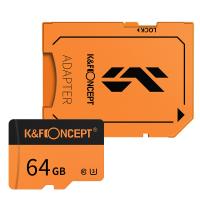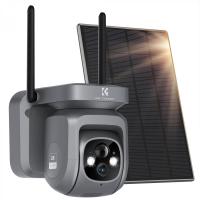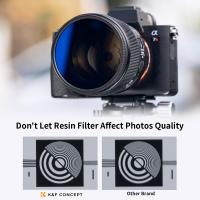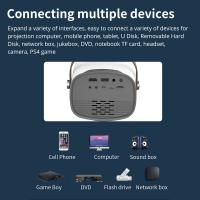How To Find Camera Password?
In today's digital age, security is paramount, and cameras play a crucial role in ensuring the safety of our homes, offices, and public spaces. However, one common issue that many users face is forgetting or losing the password to their cameras. This can be a frustrating experience, but fortunately, there are several methods to retrieve or reset your camera password. In this article, we will explore various techniques and best practices to help you regain access to your camera.
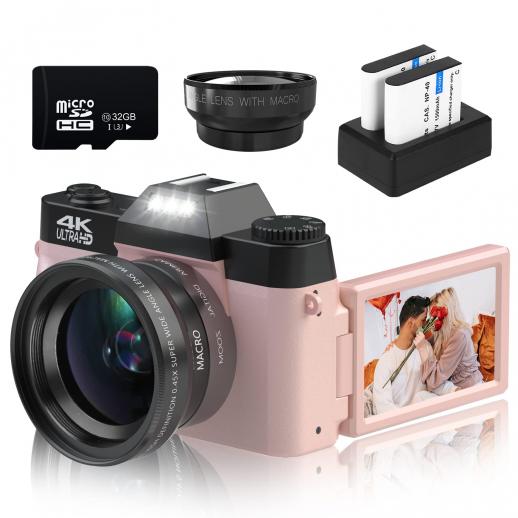
Understanding the Importance of Camera Passwords
Before diving into the methods of finding or resetting your camera password, it's essential to understand why these passwords are crucial. Camera passwords serve as the first line of defense against unauthorized access. They protect your privacy and ensure that only authorized individuals can view the camera feed or make changes to the camera settings. Therefore, it's vital to keep your camera password secure and to have a reliable method for recovering it if lost.
Common Methods to Find or Reset Camera Passwords
1. Check the Camera Manual or Manufacturer's Website
The first step in finding your camera password is to consult the camera's user manual. Most manufacturers provide detailed instructions on how to reset the password. If you don't have the manual, you can usually find it on the manufacturer's website. Look for a section on troubleshooting or password recovery.
2. Default Passwords
Many cameras come with a default username and password. These are often listed in the user manual or on the manufacturer's website. Common default usernames include "admin" or "user," and passwords might be "admin," "password," or left blank. However, it's crucial to change the default password as soon as possible to enhance security.
3. Reset Button
Most modern cameras have a physical reset button. This button is usually located on the back or bottom of the camera. To reset the camera to its factory settings, press and hold the reset button for about 10-30 seconds. This action will erase all settings, including the password, and restore the default settings. After resetting, you can use the default username and password to log in.
4. Software Tools
Some manufacturers provide software tools that can help you recover or reset your camera password. These tools are typically available for download on the manufacturer's website. Once downloaded, follow the instructions provided to reset the password.
5. Contact Customer Support
If the above methods do not work, your next step should be to contact the manufacturer's customer support. Provide them with the camera model and serial number, and they should be able to guide you through the password recovery process. Some manufacturers may require proof of purchase or other verification to ensure that you are the legitimate owner of the camera.
6. Third-Party Forums and Communities
There are numerous online forums and communities where users share their experiences and solutions to common problems. Websites like Reddit, Stack Exchange, and specialized tech forums can be valuable resources. Search for your camera model and see if other users have encountered and resolved similar issues.
Best Practices for Managing Camera Passwords
Once you have successfully found or reset your camera password, it's essential to implement best practices to prevent future issues. Here are some tips to help you manage your camera passwords effectively:
1. Change Default Passwords Immediately
As mentioned earlier, default passwords are widely known and can be a significant security risk. Change the default password to a strong, unique password as soon as you set up your camera.
2. Use Strong Passwords
A strong password should be at least 12 characters long and include a mix of uppercase and lowercase letters, numbers, and special characters. Avoid using easily guessable information such as birthdays, names, or common words.
3. Enable Two-Factor Authentication (2FA)
If your camera supports two-factor authentication, enable it. 2FA adds an extra layer of security by requiring a second form of verification, such as a code sent to your phone, in addition to your password.
4. Regularly Update Firmware
Manufacturers often release firmware updates to fix security vulnerabilities and improve performance. Regularly check for and install firmware updates to ensure your camera is secure.
5. Keep a Password Manager
A password manager can help you generate, store, and manage strong passwords for all your devices, including your camera. This way, you won't have to worry about forgetting your password.
6. Document Your Passwords Securely
If you prefer not to use a password manager, make sure to document your passwords in a secure location. Avoid writing them down on paper or storing them in easily accessible files on your computer.
Troubleshooting Common Issues
Even with the best practices in place, you may still encounter issues with your camera password. Here are some common problems and their solutions:
1. Forgotten Password
If you forget your password, follow the methods outlined earlier in this article to reset it. Always ensure you have a backup method for password recovery.
2. Locked Out After Multiple Attempts
Some cameras may lock you out after multiple failed login attempts. If this happens, wait for the lockout period to expire, or reset the camera to factory settings if necessary.
3. Firmware Update Issues
If a firmware update causes issues with your camera, contact the manufacturer's customer support for assistance. They may provide a solution or guide you through the process of rolling back the update.
4. Network Connectivity Problems
Ensure that your camera is connected to a stable network. Network issues can sometimes be mistaken for password problems. Check your router settings and ensure that your camera is within range of the Wi-Fi signal.
Forgetting or losing your camera password can be a frustrating experience, but with the right approach, you can quickly regain access to your camera. By following the methods outlined in this article and implementing best practices for password management, you can ensure that your camera remains secure and accessible. Remember to change default passwords, use strong passwords, enable two-factor authentication, and keep your firmware up to date. By taking these steps, you can protect your privacy and maintain the security of your camera system.

